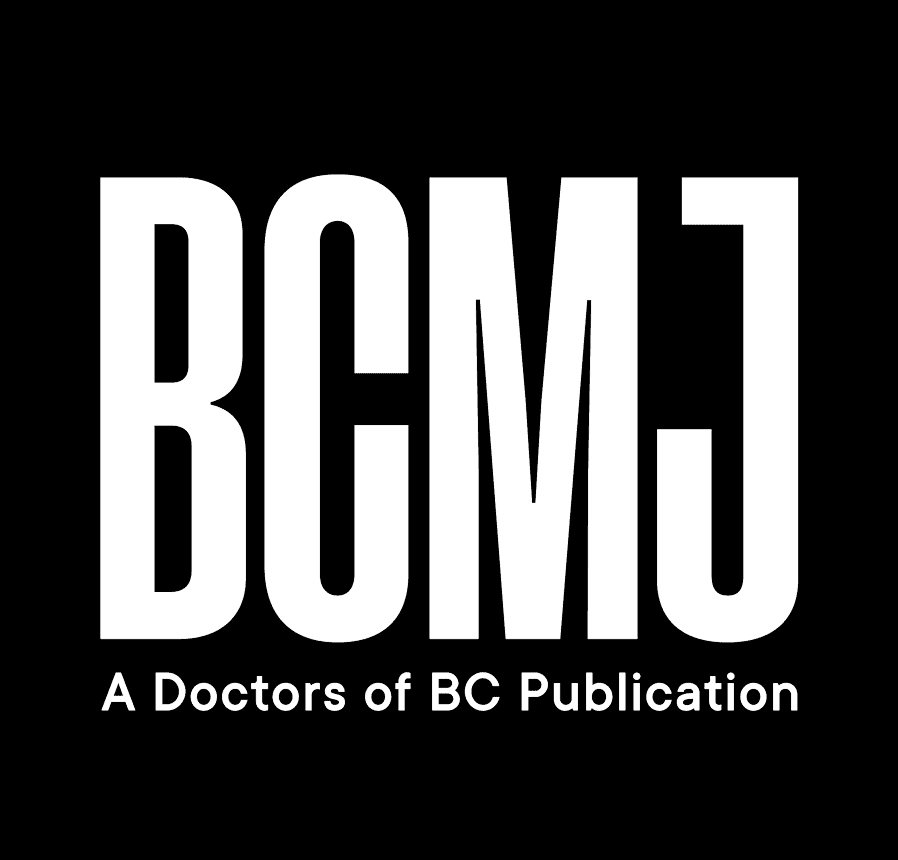Re: Where are we going?
As a physician retired for 15 years after 23 years of practice at the Student Health Service of UBC, I couldn’t agree more with this editorial [BCMJ 2003;45(6):246].
The increasing difficulty I experienced in finding a general internist to whom I could refer a patient became more and more frustrating for both me and my patients. Which specialist would sort out the problem facing me?
To have a specialist in essence report, “Sorry, this case doesn’t belong to me,” was less than satisfactory. Or to have a patient return from surgery having received no information about her prognosis was to me bordering on malpractice.
Walk-in clinics were just appearing. My cynical assessment of those? They are for the lazy physician who will cream off the top with a 2-minute interview and leave the more time-consuming, difficult though more satisfying work to me.
I freely acknowledge the importance of ever-advancing diagnostic tools and tests—but I still believe a good history and physical can reveal a diagnosis in the great majority of cases and need not depend on resorting to these incredibly expensive facilities.
Is today’s medical practice as fulfilling as it was for me? Comprehensive medical care? Will machines replace a caring, dedicated family doctor?
—Dorothy M. Goresky, MD
Vancouver

